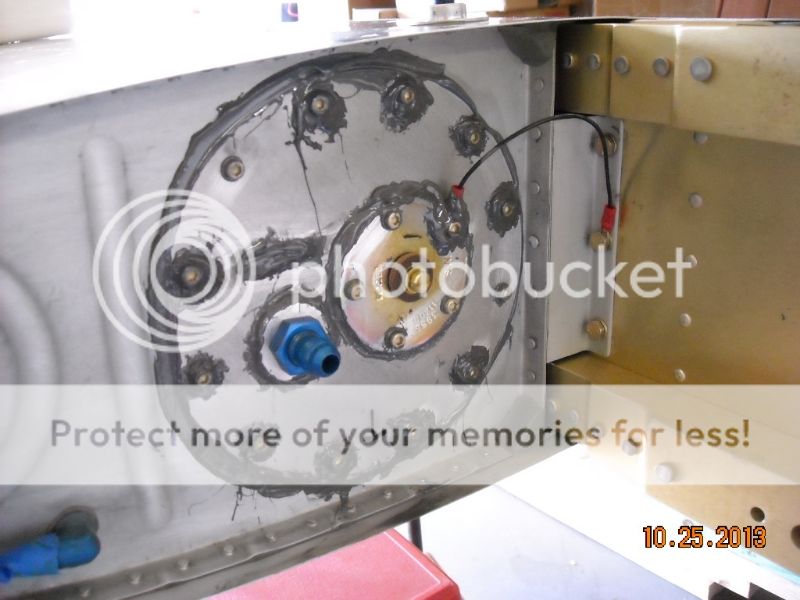eh_v8_tor
Active Member
Hi Folks,
Has anyone ever had a problem with fuel guage accuracy that turned out to be a bad ground?
I'm currently picking away at building the tanks for an RV-7 with float type fuel gauges.
My plan is to get some stainless steel Allen head screws instead of the Philips ones that Vans provides. ( There should be less chance of striping them out if they ever need to be removed.) These will hold the inspection plate on where the fuel pick-up and fuel guage float Are located. While I am at it, I would consider getting some type of stud arrangement so that I can put a ring terminal on it and send a ground wire to something that is well grounded.
Is this something that would help the accuracy of my fuel gauges...or is it just an added weight and waste of time to do?
Cheers,
Steve Wolfe
Has anyone ever had a problem with fuel guage accuracy that turned out to be a bad ground?
I'm currently picking away at building the tanks for an RV-7 with float type fuel gauges.
My plan is to get some stainless steel Allen head screws instead of the Philips ones that Vans provides. ( There should be less chance of striping them out if they ever need to be removed.) These will hold the inspection plate on where the fuel pick-up and fuel guage float Are located. While I am at it, I would consider getting some type of stud arrangement so that I can put a ring terminal on it and send a ground wire to something that is well grounded.
Is this something that would help the accuracy of my fuel gauges...or is it just an added weight and waste of time to do?
Cheers,
Steve Wolfe





